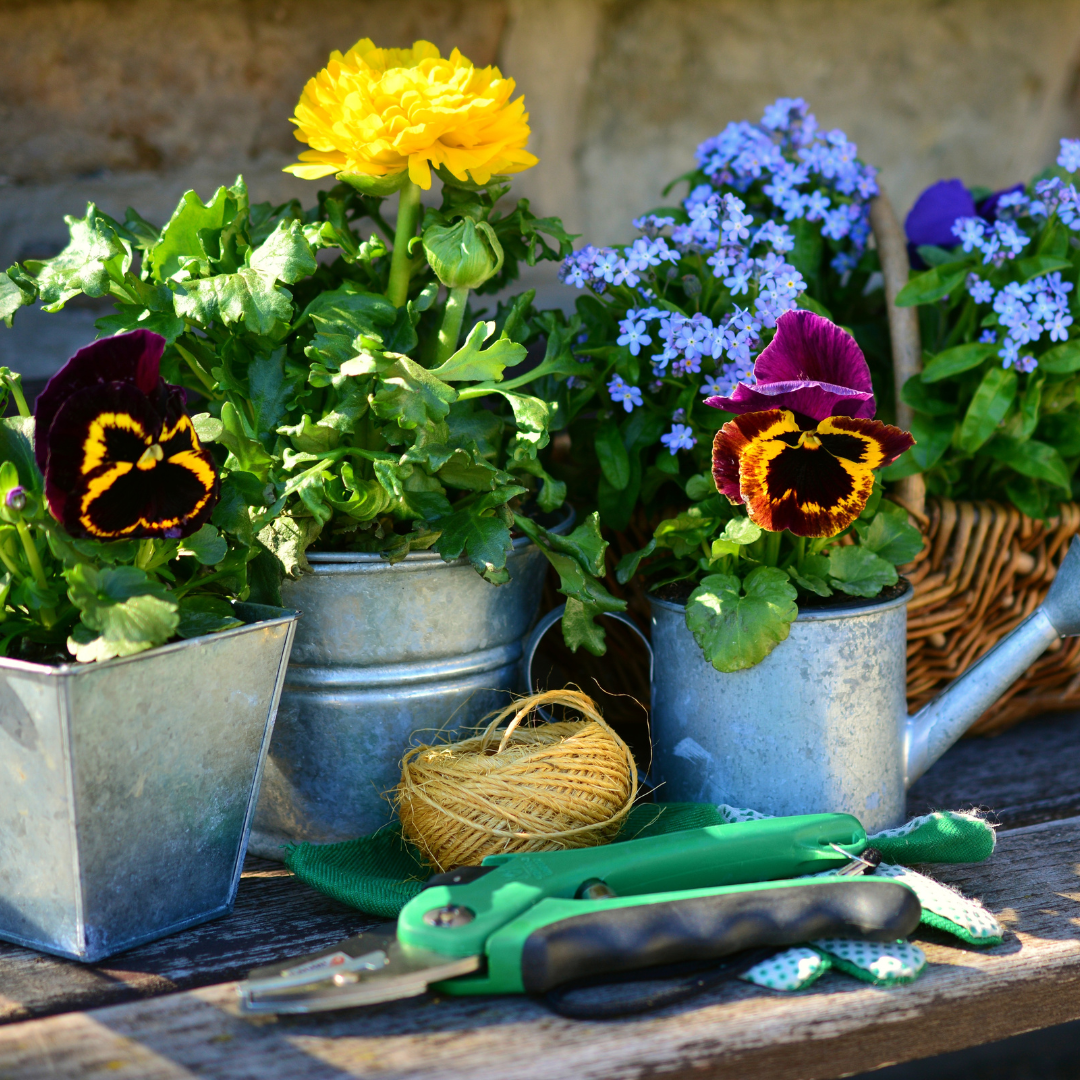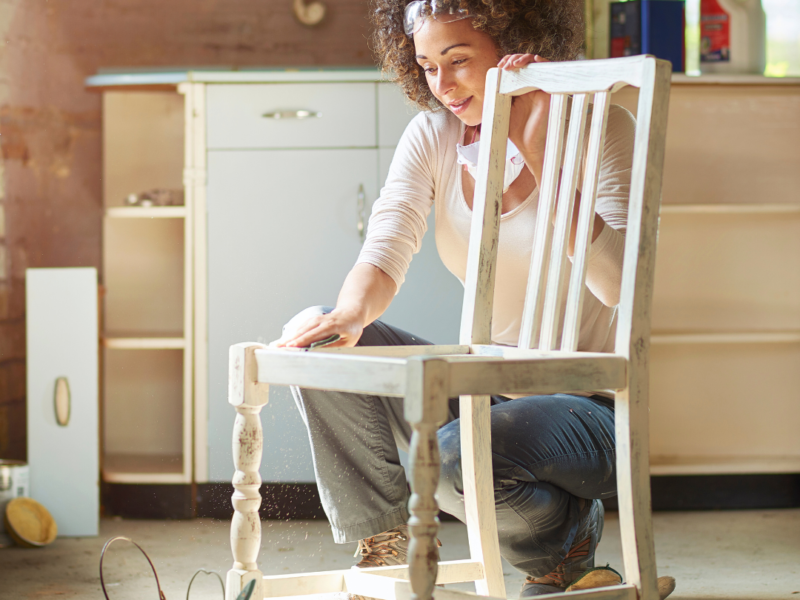Transforming an outdoor space can seem daunting, especially when considering landscape design on a budget. Affordable landscaping ideas can breathe new life into any garden, creating an inviting atmosphere without overspending. Homeowners may not realize that even small changes can significantly impact their backyard design.
Simple updates, such as planting native flowers, adding decorative rocks, creating a path with reclaimed materials, or incorporating fencing (learn about the cost associated using this Trex Fence Planning Estimator Tool), can greatly enhance a garden’s aesthetic appeal. These design elements work together to create a cohesive, visually pleasing environment that invites outdoor enjoyment. By embracing creative strategies, individuals can embark on a rewarding home improvement project that boosts both the charm and value of their property.
Planning and Designing Your Garden Landscape
Effective planning and designing of a garden landscape involves evaluating the outdoor space, selecting a suitable garden style, and incorporating hardscape elements. These steps ensure that the final result is not only beautiful but also functional and sustainable.
Evaluating Your Outdoor Space
Assessing the available outdoor space is crucial. This involves understanding the site’s dimensions, sunlight exposure, and soil health. Identifying existing features, such as trees or slopes, will aid in the design.
To evaluate the site, consider these factors:
- Sunlight: Observe how much sun each area receives.
- Soil Quality: Test soil pH and nutrient levels.
- Drainage: Check for any wet or overly dry spots.
Such evaluations help in selecting appropriate plants and hardscape materials that align with the garden’s specific conditions.
Choosing a Garden Style
Identifying a suitable garden style simplifies decision-making. Whether aiming for a traditional garden, a modern minimalist look, or a rustic zen garden, a clear vision aids in design consistency.
Consider components like:
- Plant Selection: Choose plants that fit the desired aesthetic and climate.
- Color Scheme: Limit the palette to ensure harmony.
- Functionality: Factor in the purpose of the garden, whether for relaxation or hosting gatherings.
A well-defined style enhances the garden’s appeal and ensures that it meets the owner’s goals.
Incorporating Hardscape Elements
Hardscape materials can enhance functionality and aesthetic appeal. They provide structure and define areas within the garden.
Key hardscape elements include:
- Garden Paths: Use materials like gravel, pavers, or stones to create clear walking paths.
- Outdoor Kitchen: A designated cooking area can make outdoor entertaining more enjoyable.
- Garden Rooms: These can serve as secluded retreats or workspaces.
When selecting materials, consider durability, maintenance requirements, and integration with existing landscape designs. Effective hardscaping adds value and usability to the garden.
Selecting Plants and Flowers for Year-Round Beauty
Choosing the right plants and flowers is essential for a beautiful garden that flourishes throughout the seasons. Careful selection enhances visual appeal, provides continuous blooms, and supports local ecosystems.
Utilizing Perennials and Ornamental Grasses
Perennials offer reliable blooms year after year, making them a cost-effective choice. Plants like Echinacea (Coneflower) and Lavandula (Lavender) provide vibrant colors and attract pollinators.
Ornamental grasses, such as Miscanthus and Pennisetum, add texture and movement to the garden. Their varying heights and forms create visual interest and structure. These grasses also require minimal maintenance, making them ideal for low-cost landscaping.
Creating Stunning Flower Beds and Borders
Designing flower beds requires a thoughtful approach. Selecting a mix of flowers such as Rudbeckia (Black-eyed Susan), Salvia, and Coreopsis ensures that blooms are available from spring to fall. Grouping plants of similar heights will maintain balance and avoid overcrowding.
Borders made of low-growing flowers like Alyssum or Thyme can enhance visual appeal. Incorporating a variety of colors and textures creates a dynamic landscape, ensuring the garden remains attractive across seasons.
Embracing Native and Drought-Tolerant Plants
Native plants are well-suited to local climates and require less water and maintenance. For example, Asclepias (Milkweed) and Rudbeckia support local biodiversity and are resilient in changing conditions.
Drought-tolerant plants, like Sedum and Agastache, can thrive with minimal irrigation. They help conserve water and are perfect for sustainable gardens. Using these plants not only beautifies the landscape but also promotes eco-friendly gardening practices.
Innovative Solutions for Limited Space
Limited garden space can still flourish with the right techniques. Container gardening and vertical gardens present effective options to enhance the beauty and functionality of small outdoor areas.
Maximizing Garden Appeal with Container Gardening
Container gardening offers flexibility in design and placement. It allows gardeners to use various pots and planters to create visually appealing arrangements.
Popular Options:
- Succulents: These low-maintenance plants thrive in confined spaces and require minimal watering.
- Window Boxes: Perfect for balconies or small patios, they can add color and richness.
Different materials like ceramic, metal, or recycled plastic provide diverse aesthetics. Selecting the right containers enhances the overall theme and feel of the space.
Ground Cover: Adding ground cover plants in containers can reduce weeds and provide a backdrop for accent plants. Creative layering within containers can achieve a dynamic look.
Integrating Vertical Gardens and Green Walls
Vertical gardens utilize wall space effectively, transforming plain surfaces into vibrant displays. They allow for planting in areas where traditional gardens are impractical.
Essential Features:
- Trellises and Wall Planters: These structures support climbing plants and maximize vertical space.
- Succulents and Small Flowers: Incorporating hardy plants ensures low maintenance and lasting beauty.
- Outdoor Furniture: Placing furniture adjacent to vertical gardens creates inviting seating areas, enhancing the garden’s usability. Utilizing multipurpose furniture can also save space while adding functionality.
Vertical gardens not only beautify but also improve air quality, making them a valuable addition to limited spaces.



